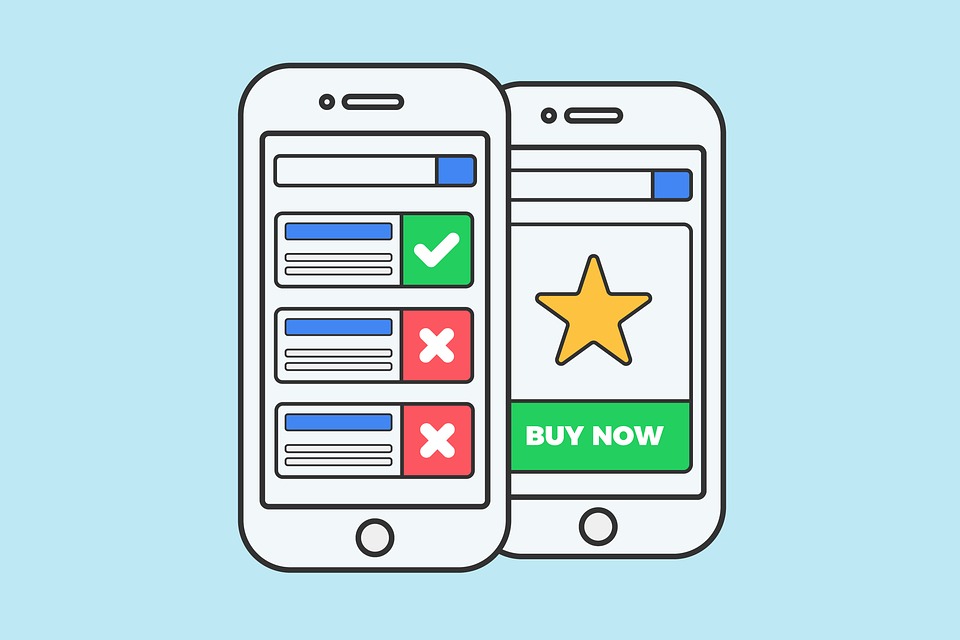As mobile users continue to grow, user behaviors and expectations will continue to change as well. If your business’ mobile site hasn’t started receiving traffic or isn’t providing a friendly UX, it might be time to consider SEO options that will allow your mobile site to sustain and excel.
The differences between desktop and mobile includes many clear factors. Mobile provides a smaller screen, allows users to engage on the go, and use the internet at anytime, anywhere. But in regards to search queries, the mobile differences are as follows:
- Local search results are more likely in mobile
- Autocomplete results appear before results in mobile searches
- Voice searches are becoming more and more popular
- Mobile searches have greater opportunities to provide more interactive results
- One click to download apps
- Mobile has different filters than desktop (fewer filters may mean higher click-thru-rates in mobile search)
The mobile experience and interactions are what makes marketing and optimizing your mobile site a must for your potential customers. When developing your mobile strategy, it’s important to understand how Google analyzes the context, speed, and data of your mobile site.
Context
Google factors in the context of your phone when determining mobile search results. What does this mean? Things like the time, day of week, current month, info from your calendar, previous search history (that you’ve made available), are recognizable and detected in determining search rankings. The Search Analytics report in the Google Search Console can help group your results by device, allowing you to view key metric differences.
Speed
Google ‘quick answers’ are now pulling in responses to search results directly. This means the speed, relevance and convenience of your mobile site is more important than ever. The Google Mobile Site Testing tool will give you a score and solid insights regarding speed and where improvements should be made.
Data
Data analysis should drive your SEO strategy. How customers access your site, what they do when they get there (set trackable goals through Google Analytics), how long they stay, and where they leave from. Google Analytics can show you this information and gives you real time access to valuable user data.
Don’t Forget To Stay Updated On Industry Trends
Android Instant Apps is a clear indication of the direction the industry is going in. People don’t want to install and load separate apps; this initiative allows them to enjoy the benefits of apps without the drawbacks they typically bring. It is open to all developers now, so it is worth getting started if you haven’t done so already (source).
The marketplace is more competitive than ever. Brands are constantly evolving and the competition can be stiff. Everybody has the access and ability to market their products and services but not everybody maximizes all their digital marketing efforts. Trends can change daily and unless you have an established marketing team, it’s too easy to fall behind.
If your business would like to collaborate with us we would love to help ensure your marketing plan is covering all areas related to digital. Say hello here.
Read Part 2 Here: Are You Ready For Google’s Mobile-First Index?
Creative Website Marketing is a digital marketing agency in Nashville, TN, helping businesses throughout the country execute strategic brand awareness + lead generation efforts.

